Grass is finally growing and covers are starting to get ahead of cattle. Good grassland management during June will help set the grazing sward up for the rest of the summer. Outlined are five tips to managing grazing swards during peak growth.
Walking the farm
As growth rates increase, grazing swards can change from a deficit to a surplus within a few a days.
Walking the grazing block every week, or ideally twice weekly, during June is time well spent for keeping grass under control.
Seeing the change in grass covers means farmers are better placed to decide when cattle need to be moved, if fertiliser needs to be applied, if paddocks can be skipped and whether surplus grass can be taken out as silage.
Splitting paddocks
As grass gets ahead of cattle, there will be the opportunity to temporarily split paddocks into smaller areas using electric fences. This will improve grass utilisation and save surplus grass for silage.
Keep cattle moving to fresh grass
As grass growth increases and swards get ahead of cattle, many farmers make the mistake of holding cattle in a paddock too long.
By holding cattle in a paddock for an extra couple of days, covers will get too strong in the next paddock. This cycle repeats itself until grass growth eases.
If cattle are normally moved to fresh grass after two, three or four days in a paddock, stick to this routine during June.
Moving cattle to fresh grass on time will limit the amount of stem and seed heads animals are eating, thereby improving performance.
Managing grazing residuals
On the flip side, when cattle are moved to fresh grass on time, there is likely to be higher residual covers left behind.
It is important that residual covers are cleaned off to ensure fresh, leafy digestible grass in the next rotation.
Ideally, dry autumn cows or dry hoggets are best suited to grazing off rejected grass. But if this is not an option, consider topping out rejected grass to provide a clean base for regrowth.
Spitting paddocks in to smaller areas will improve grass utilisation, meaning there are less problems with residual grass when cattle are removed from a paddock.
Skipping paddocks and taking out surplus grass
As grass gets ahead of cattle, don't feel the need to graze every paddock within the rotation in order.
If grass is getting too strong for grazing in the next paddock, it is best to skip this paddock and move cattle to a sward with lower covers, as utilisation will be better.
The skipped paddocks can be pulled out for silage by baling or ensiling with the first cut, should it fit in with the cutting schedule.
However, when closing off paddocks for silage, it is important to cut them early. Delaying the cutting date for too long slows down regrowth, potentially leaving a grazing deficit in late June or early July.
Read more
Dairy Management: fertiliser, grass quality and non-return rates
Watch: weighing cattle on Thrive demo farm
Grass is finally growing and covers are starting to get ahead of cattle. Good grassland management during June will help set the grazing sward up for the rest of the summer. Outlined are five tips to managing grazing swards during peak growth.
Walking the farm
As growth rates increase, grazing swards can change from a deficit to a surplus within a few a days.
Walking the grazing block every week, or ideally twice weekly, during June is time well spent for keeping grass under control.
Seeing the change in grass covers means farmers are better placed to decide when cattle need to be moved, if fertiliser needs to be applied, if paddocks can be skipped and whether surplus grass can be taken out as silage.
Splitting paddocks
As grass gets ahead of cattle, there will be the opportunity to temporarily split paddocks into smaller areas using electric fences. This will improve grass utilisation and save surplus grass for silage.
Keep cattle moving to fresh grass
As grass growth increases and swards get ahead of cattle, many farmers make the mistake of holding cattle in a paddock too long.
By holding cattle in a paddock for an extra couple of days, covers will get too strong in the next paddock. This cycle repeats itself until grass growth eases.
If cattle are normally moved to fresh grass after two, three or four days in a paddock, stick to this routine during June.
Moving cattle to fresh grass on time will limit the amount of stem and seed heads animals are eating, thereby improving performance.
Managing grazing residuals
On the flip side, when cattle are moved to fresh grass on time, there is likely to be higher residual covers left behind.
It is important that residual covers are cleaned off to ensure fresh, leafy digestible grass in the next rotation.
Ideally, dry autumn cows or dry hoggets are best suited to grazing off rejected grass. But if this is not an option, consider topping out rejected grass to provide a clean base for regrowth.
Spitting paddocks in to smaller areas will improve grass utilisation, meaning there are less problems with residual grass when cattle are removed from a paddock.
Skipping paddocks and taking out surplus grass
As grass gets ahead of cattle, don't feel the need to graze every paddock within the rotation in order.
If grass is getting too strong for grazing in the next paddock, it is best to skip this paddock and move cattle to a sward with lower covers, as utilisation will be better.
The skipped paddocks can be pulled out for silage by baling or ensiling with the first cut, should it fit in with the cutting schedule.
However, when closing off paddocks for silage, it is important to cut them early. Delaying the cutting date for too long slows down regrowth, potentially leaving a grazing deficit in late June or early July.
Read more
Dairy Management: fertiliser, grass quality and non-return rates
Watch: weighing cattle on Thrive demo farm




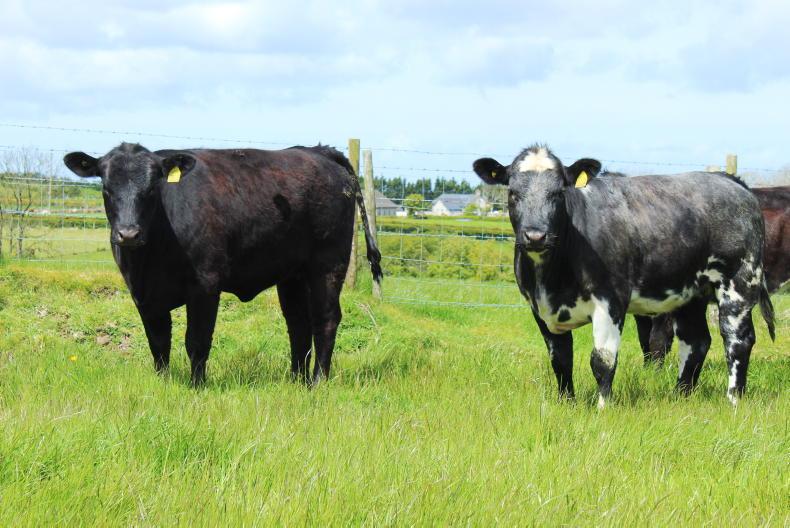
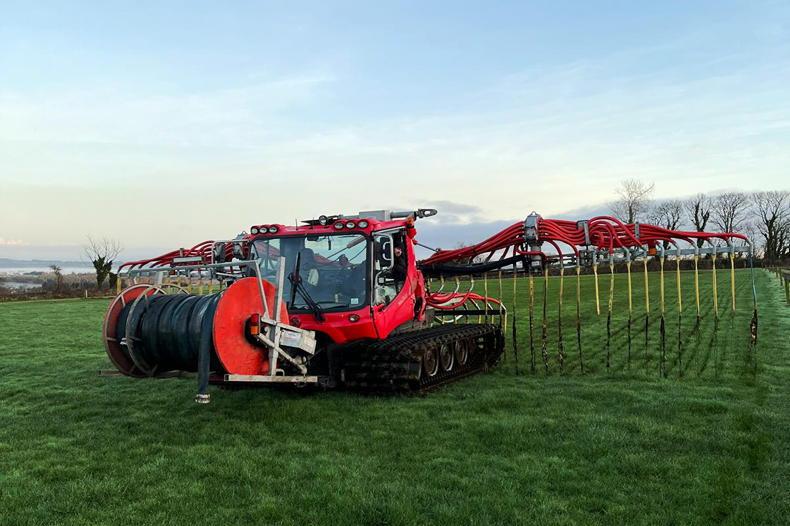
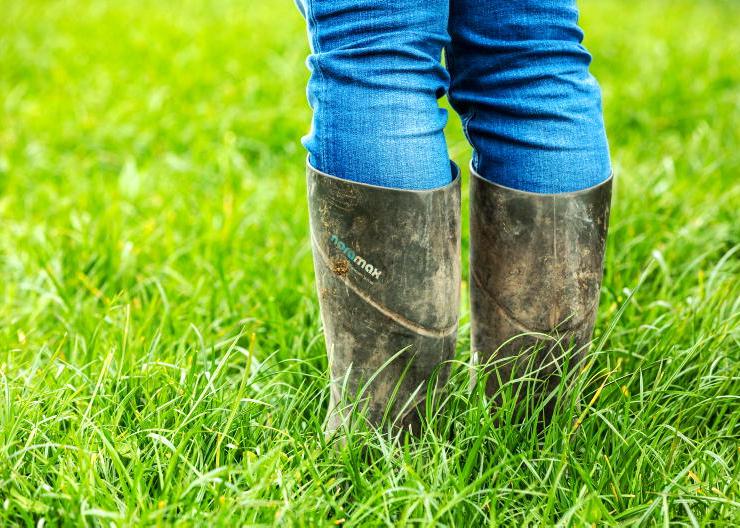
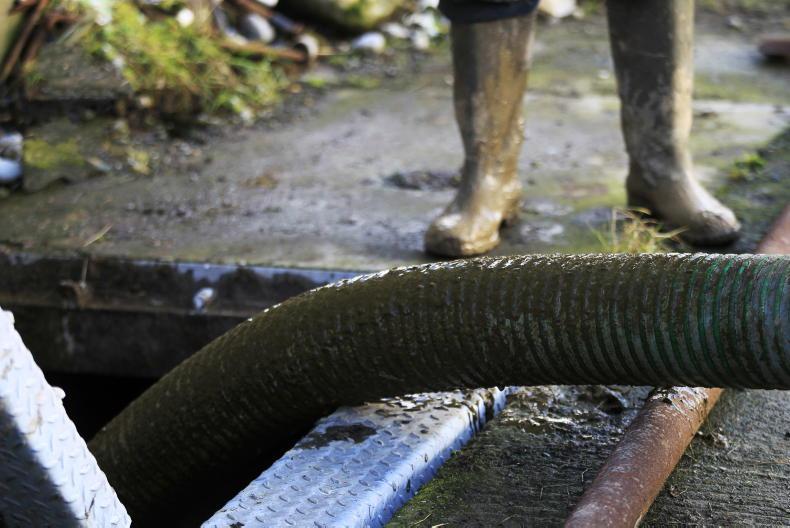
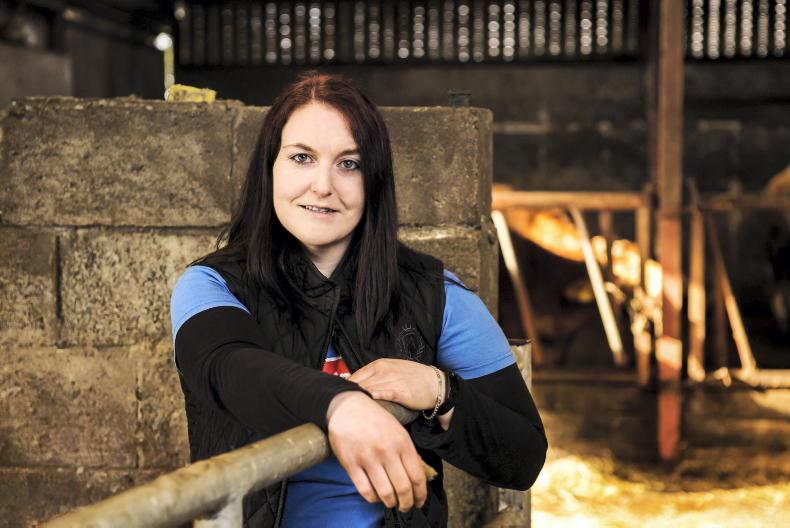
SHARING OPTIONS